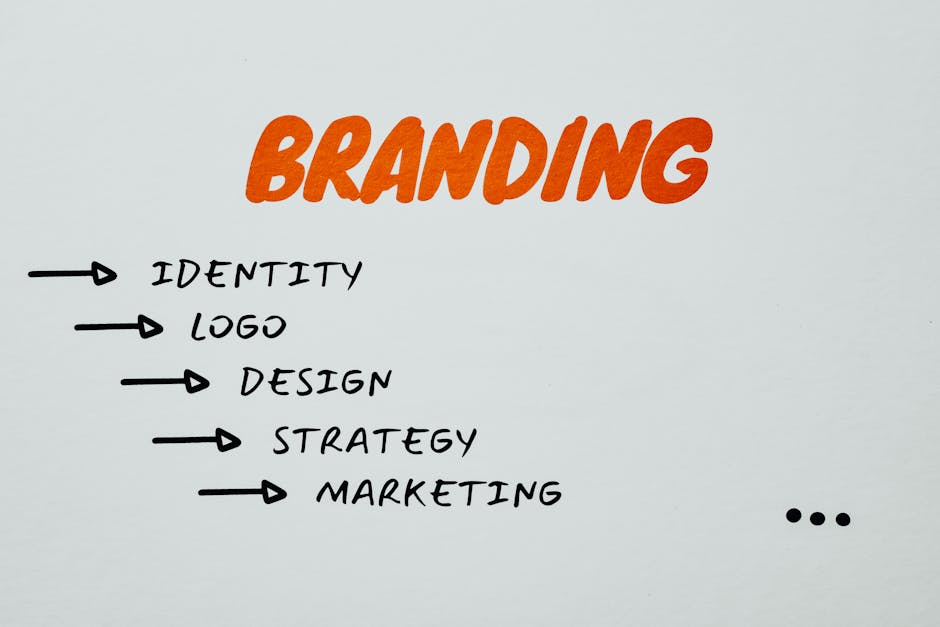Content style guide is the foundation for consistent, purposeful, and insightful brand communication. At Style QA, we believe that being styled with purpose and answered with insight begins with a robust content style guide. Whether you’re a startup or an established brand, a well-crafted guide is your blueprint for clear messaging, visual cohesion, and long-term brand trust.
Why Every Brand Needs a Content Style Guide

Photo by One Vision on Pexels
In today’s multi-channel digital world, your brand communicates through countless touchpoints—websites, emails, social media, presentations, and more. Without a content style guide, these messages can become inconsistent, eroding trust and recognition. A content style guide acts as the single source of truth for your team, ensuring every piece of communication reflects your brand’s unique personality and values. It not only streamlines collaboration across departments but also saves time by eliminating guesswork. Consistency in voice, tone, and visuals builds credibility, fosters audience loyalty, and differentiates your brand in a crowded marketplace. Brands that invest in a comprehensive content style guide see improved engagement, better brand recall, and more effective communication across all platforms.
Core Elements of a Modern Content Style Guide

Photo by William Fortunato on Pexels
To create a style guide that stands the test of time, focus on these essential components:
- Brand Voice and Tone: Define your brand’s personality. Are you formal, conversational, witty, or authoritative? Specify how your tone should adapt across different platforms and audiences.
- Writing Conventions: Standardize grammar, punctuation, spelling (US or UK English), and formatting preferences. Address common style questions, such as use of Oxford commas or headline capitalization.
- Logo Usage: Provide clear rules for logo placement, minimum sizes, spacing, and what not to do. Include variations for different backgrounds and formats.
- Color Palette: List primary and secondary colors with HEX, RGB, and CMYK codes. Explain how and where to use each color for maximum impact and accessibility.
- Typography: Specify font families, sizes, weights, and usage guidelines for headings, body text, and captions.
- Imagery and Visuals: Describe preferred photography styles, illustration types, iconography, and image treatments. Address inclusivity and representation in visuals.
- SEO and Accessibility: Outline keyword usage, meta tags, and best practices for readable, accessible content.
- Platform-Specific Guidelines: Tailor content rules for web, social, print, and emerging channels to ensure adaptability and relevance.
By covering these elements, your content style guide becomes a comprehensive reference that empowers your team to create with confidence and consistency.
Defining Your Brand Voice and Tone

Photo by Photo By: Kaboompics.com on Pexels
Your brand voice is the personality that shines through every word you write, while tone adapts that voice to different situations. Start by articulating your brand’s core values and mission. Are you innovative, trustworthy, playful, or authoritative? Next, describe your ideal audience—what are their needs, aspirations, and communication preferences? Use real-world examples to illustrate your voice in action, such as sample emails, social posts, or customer responses. Define how your tone shifts: perhaps you’re upbeat on social media, formal in press releases, and empathetic in customer support. Consistency is key, but flexibility allows you to stay relevant and human. Encourage your team to revisit and refine these definitions as your brand evolves, ensuring your messaging always resonates with your audience.
Establishing Writing and Formatting Standards

Photo by Markus Winkler on Pexels
Clear writing standards eliminate ambiguity and maintain professionalism. Decide on your language conventions—American or British English, preferred dictionary, and grammar rules. Address common style choices: Will you use the Oxford comma? How should dates, numbers, and measurements be formatted? Specify rules for headlines, bullet points, and quotations. Provide guidelines for inclusive language to ensure all communications are respectful and accessible. Include examples of preferred and discouraged phrases, and encourage concise, jargon-free writing. By documenting these standards, you equip your team to produce content that’s not only consistent but also easy to read and understand.
Visual Identity: Logos, Colors, and Typography

Photo by Eva Bronzini on Pexels
Visual elements are as vital as words in shaping perception. Your content style guide should provide detailed instructions for logo usage, including variations for different backgrounds, minimum sizes, and clear space requirements. Specify what not to do—such as stretching or recoloring the logo—to protect brand integrity. List your color palette with precise codes and usage scenarios, ensuring accessibility for all users. Define primary and secondary fonts, including sizes, weights, and line spacing for headings, body text, and captions. Visual consistency across all materials reinforces brand recognition and professionalism, making your brand instantly identifiable wherever it appears.
Imagery, Iconography, and Inclusivity

Photo by Polina Tankilevitch on Pexels
The images and icons you choose tell a story about your brand’s values and worldview. Set guidelines for photography style—should images be candid, staged, vibrant, or muted? Address the use of illustrations, infographics, and icon sets for a cohesive look. Prioritize inclusivity by representing diverse ages, genders, backgrounds, and abilities in your visuals. Specify image resolution, file formats, and preferred sources. Include do’s and don’ts to maintain visual coherence, such as avoiding clichéd stock photos or inconsistent icon styles. A thoughtful approach to imagery strengthens your brand’s message and fosters a deeper connection with your audience.
SEO and Accessibility Best Practices

Photo by AS Photography on Pexels
Optimizing your content for search engines and accessibility ensures it reaches and resonates with the widest possible audience. Your content style guide should outline how to conduct keyword research, use focus keywords strategically, and write compelling meta titles and descriptions. Emphasize the importance of clear headings, concise paragraphs, and descriptive alt text for images. Address accessibility standards, such as sufficient color contrast, readable font sizes, and keyboard navigation. Provide checklists or tools for content creators to verify compliance. By integrating SEO and accessibility into your style guide, you boost your brand’s visibility and make your content welcoming to all users.
Platform-Specific Adaptations

Photo by MART PRODUCTION on Pexels
Different platforms require different approaches. Your website may call for longer, more detailed content, while social media demands brevity and immediacy. Print materials have unique layout and resolution requirements. In your content style guide, create sections for each major channel, specifying tone, length, formatting, and visual considerations. Address emerging platforms and trends, such as video scripts or interactive content, to keep your brand agile and future-ready. By tailoring your guidelines for each context, you ensure your brand remains consistent yet adaptable, meeting your audience wherever they are.
Maintaining and Evolving Your Content Style Guide

A content style guide is a living document. Appoint a team or individual to oversee updates, gather feedback, and address new challenges as your brand grows. Schedule regular reviews—annually or biannually—to incorporate new brand elements, platform changes, or industry best practices. Encourage team members to contribute insights and examples, fostering a culture of continuous improvement. Document changes in a revision history and communicate updates clearly to all stakeholders. By treating your content style guide as an evolving resource, you ensure it remains relevant, actionable, and aligned with your brand’s purpose and vision.
Conclusion: Styled with Purpose, Answered with Insight

Creating a content style guide is more than a procedural task—it’s an investment in your brand’s future. It empowers your team to communicate with clarity, confidence, and consistency, building trust with every interaction. At Style QA, we champion the belief that style should always serve a purpose and every question should be answered with insight. Start building your content style guide today, and watch your brand flourish with purpose and professionalism across every channel.
Sources
- https://www.webfx.com/blog/web-design/brand-style-guide-examples/
- https://www.designrush.com/agency/content-marketing/trends/content-style-guide
- https://atomicsocial.com/creating-a-brand-style-guide-the-essentials-that-work-in-2025/
- https://princepaluiux.substack.com/p/create-effective-brand-guidelines
- https://aiboost.co.uk/how-to-create-a-content-style-guide-the-ultimate-guide-for-2025/

